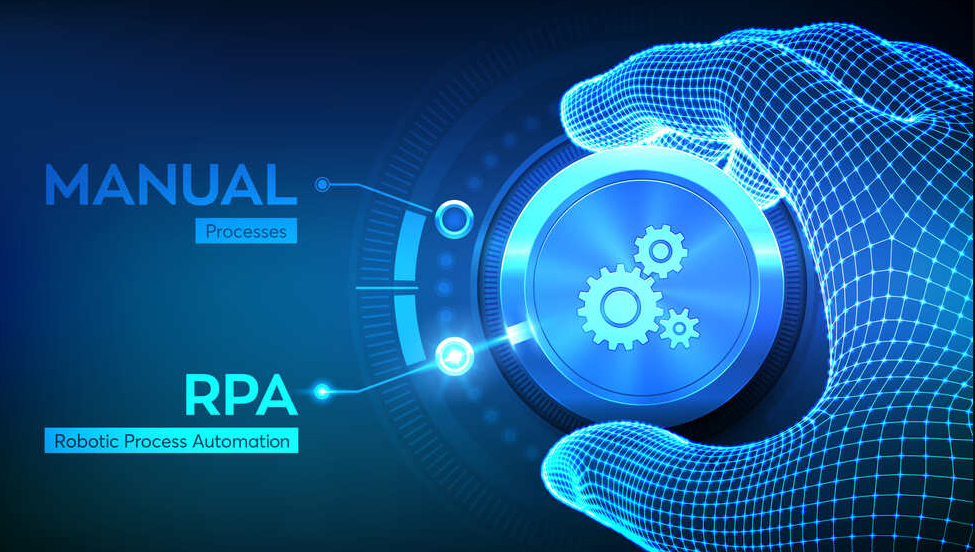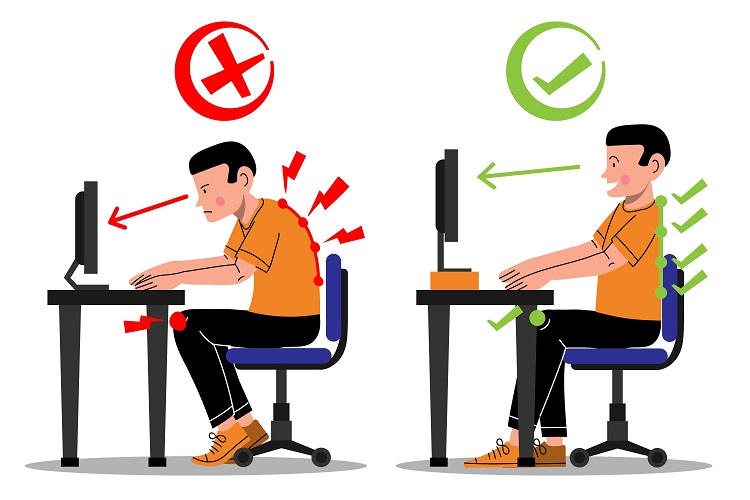
RPA stands for Robotic Process Automation. It involves using software and computer programs to perform tasks traditionally done by humans in business processes or repetitive tasks. RPA operates based on predefined rules or schedules, without requiring complex knowledge or understanding. It can work efficiently with existing applications and systems.
How RPA Works
RPA typically simulates human actions in the form of computer programs, interacting with data across multiple systems and platforms. Examples of RPA applications include data entry in accounting systems, generating automatic reports, processing document approvals, and executing automated email communications. Many businesses have adopted RPA to enhance efficiency and reduce errors in human-performed tasks, ensuring greater accuracy and speed in a short time.
Benefits of Using RPA
Increased Efficiency:
RPA reduces the time required for repetitive tasks and enhances the importance of accuracy in tasks such as data entry and financial operations. It operates continuously without errors.
Error Reduction:
Using RPA minimizes human errors, as the software maintains accuracy and ensures no data is overlooked.
Time and Cost Savings:
RPA reduces the time needed to perform tasks and lowers costs associated with business processes.
Flexibility:
RPA can be adjusted according to business needs and can be applied to various types of tasks, even those involving different systems.
Data Management Efficiency:
RPA handles complex and large volumes of data efficiently, ensuring timely execution without errors.
Quick Adaptability:
RPA is flexible in adapting to changes in business processes immediately as per requirements or business changes.
Overall, RPA is a powerful tool that enhances business efficiency, reduces repetition, and minimizes errors in workflows.
























